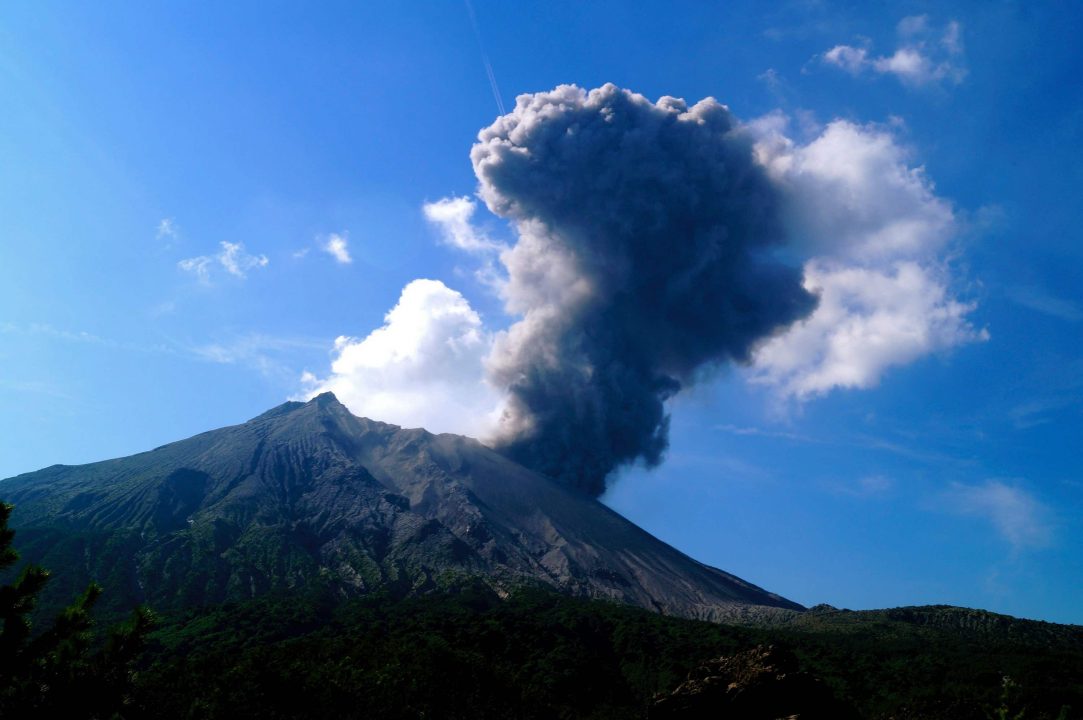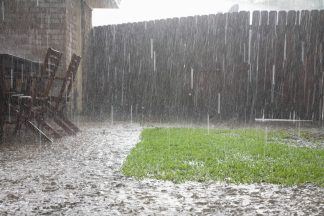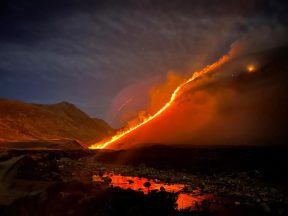An 18th-century volcanic eruption spread a sulphurous haze across Scotland and turned crops black and leaves yellow, research suggests.
A team at the University of Dundee looked at the impact of a series of volcanic eruptions that started at the Laki fissure in Iceland on June 8, 1783.
The eruption killed tens of thousands of people in Europe as a choking sulphurous haze spread across the continent and caused respiratory failure from the poisonous gases.
More died during the extremely cold winter that followed and famines were recorded as far away as Egypt and Japan.
Though scientists are divided on whether the post-eruption winters were a result of Laki, others say it may have killed 20,000 people in England and caused crop failures which led to the French revolution.
The Dundee team have now shed light on how the eruption impacted on Scotland and warned a similar eruption in future could create a major public health crisis.
Professors Alastair Dawson and Martin Kirkbride examined contemporary instrumental records and studied diaries written at the time.
The testimonies show dark and gloomy weather hit Scotland in June of 1783 before a sulphurous haze turned crops black.
Cold winters followed for the next four years.
The diaries were written in Dalkeith, Edinburgh, Aberdeenshire and Fochabers, Morayshire.
Aberdeenshire resident Janet Burnet wrote in her diary of hazy, foggy days, with the leaves turning yellow and the crops black.
In the western Highlands, many referred to the winter of 1783-84 as the Bliadhne nan Sneachda Bhuidhe, or the “the year of the Yellow Snow”, the researchers said.
But their study found that the extremely low, winter temperatures from 1783-86 may not have been simply down to the volcanic activity.
“The winter that followed Laki was as severe as any on record for Scotland but, from the data we gathered, it is impossible to say there was definite cause and effect,” Mr Kirkbride said.
“Researching these diaries, held at the National Library of Scotland and National Records Scotland, makes an invaluable contribution to how we understand the impact of the Laki eruptions in Scotland.
“It’s significant that the chronology and meteorology of haze occurrence in Scotland during the summer of 1783 has clear implications for any future Laki-type eruption, which has the capacity to create a major public health crisis across Europe.
Mr Dawson said: “This was the period of the Scottish Enlightenment, when families of means would purchase barometers and thermometers and indulge in meteorology as a hobby.
“The diaries are a result of this, and a wonderful resource that has enabled us to study historical Scottish climate change based on data never before seen.”
The paper is published in The Holocene journal.
Follow STV News on WhatsApp
Scan the QR code on your mobile device for all the latest news from around the country


 PA Media
PA Media




















